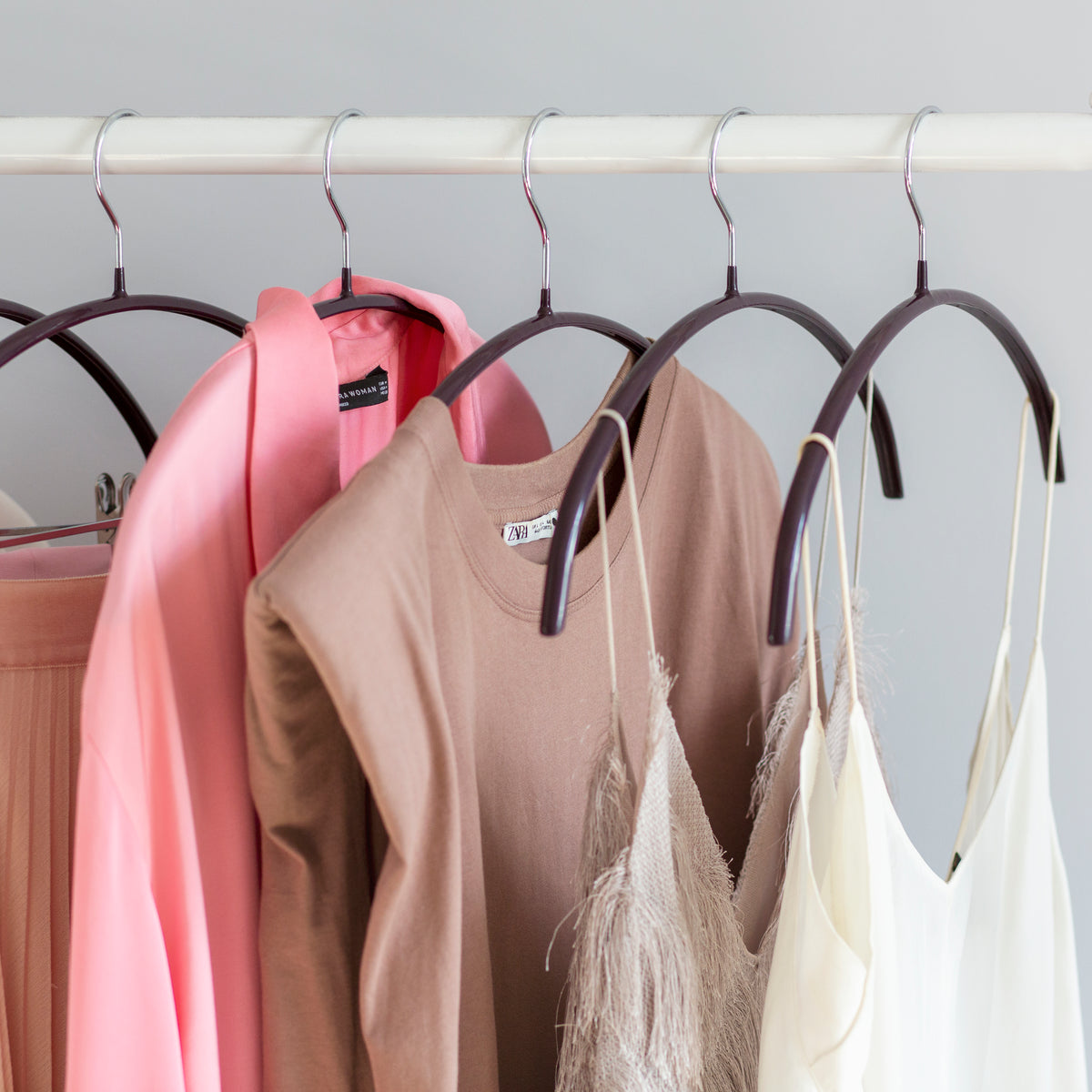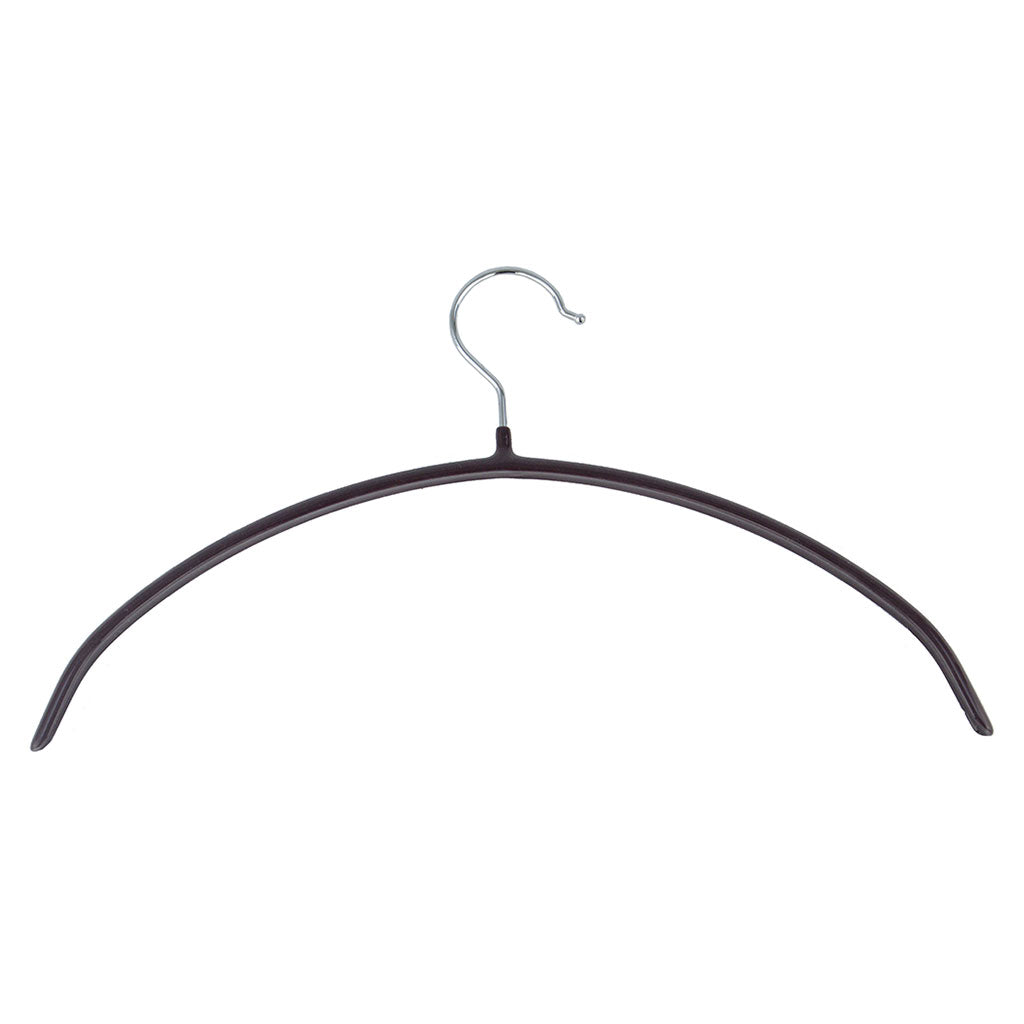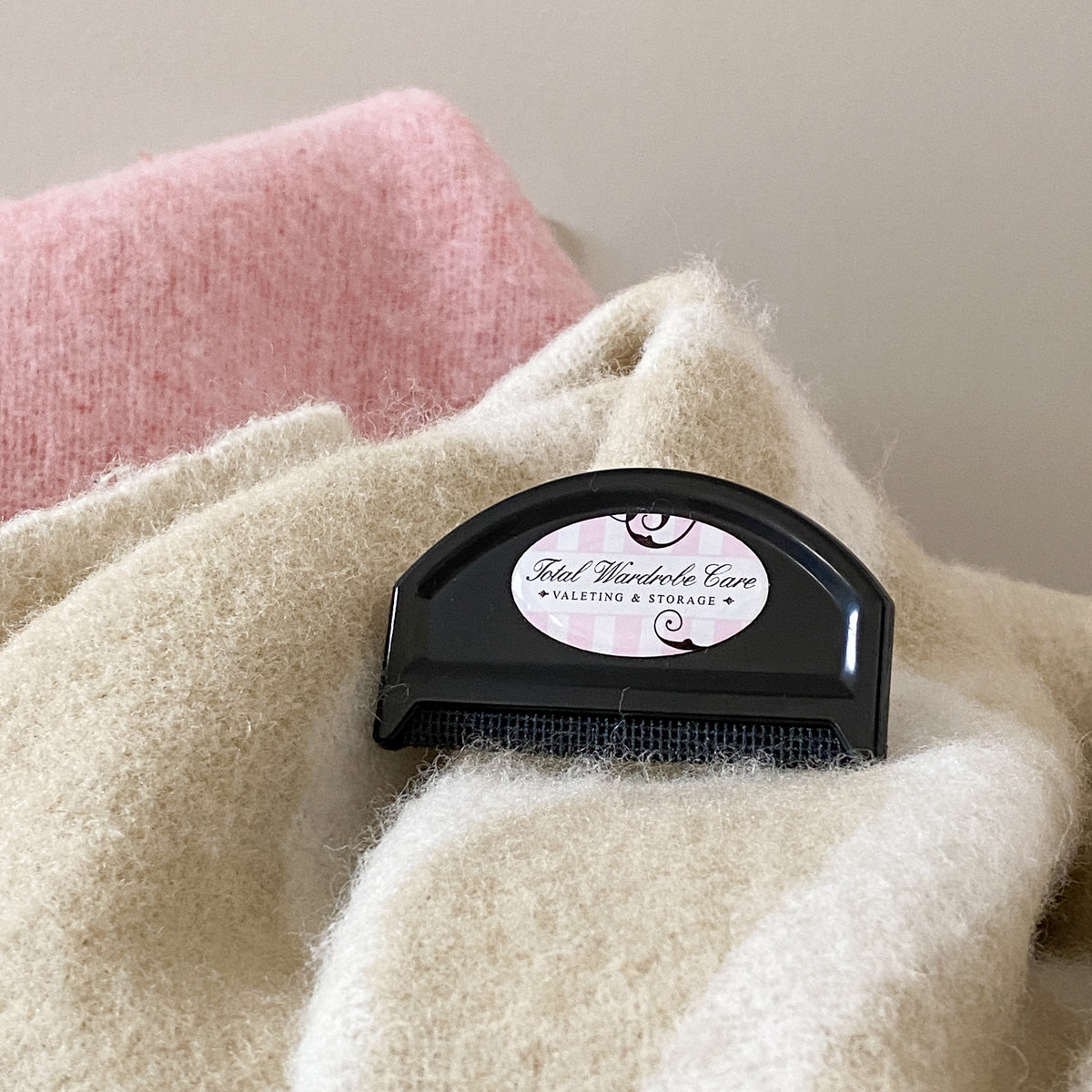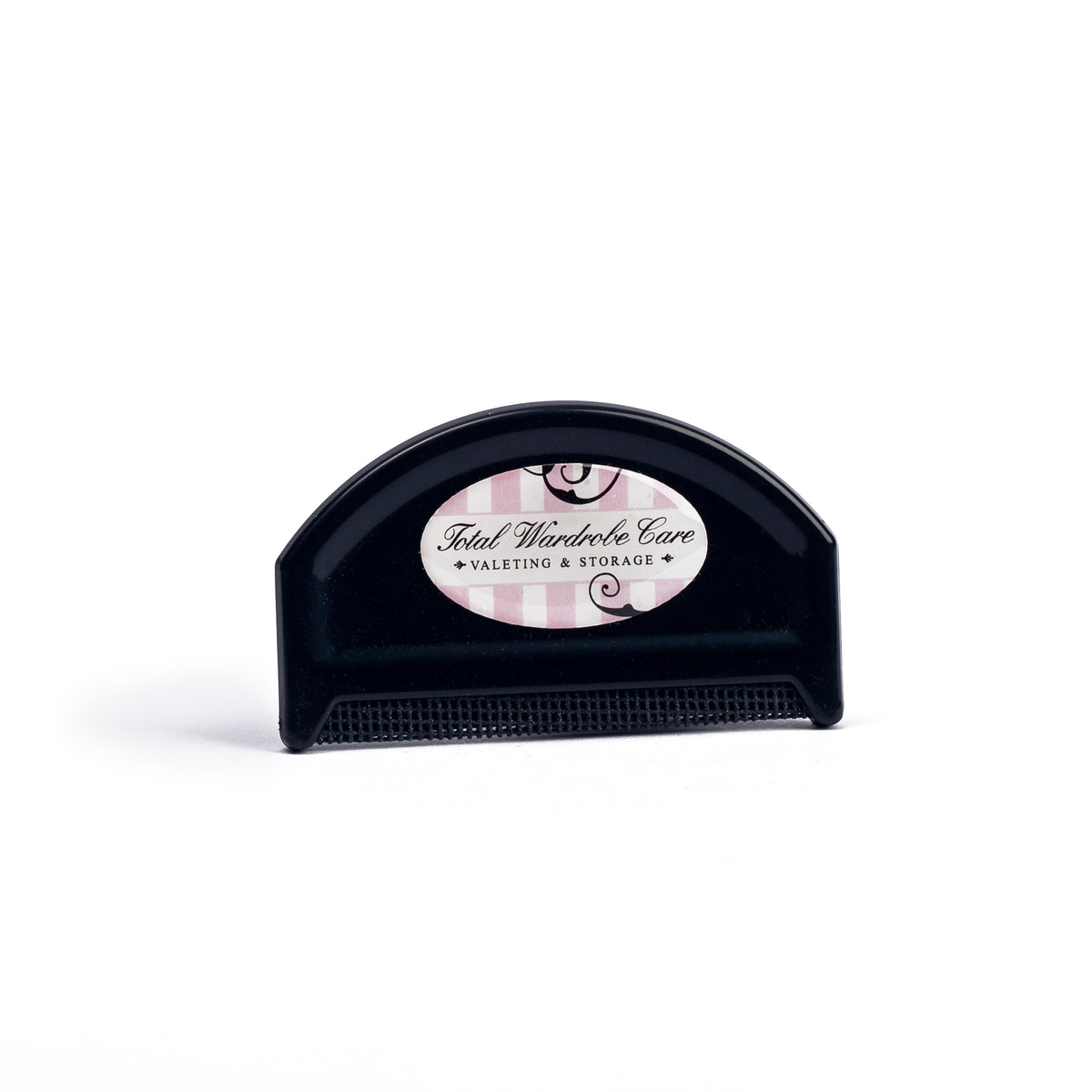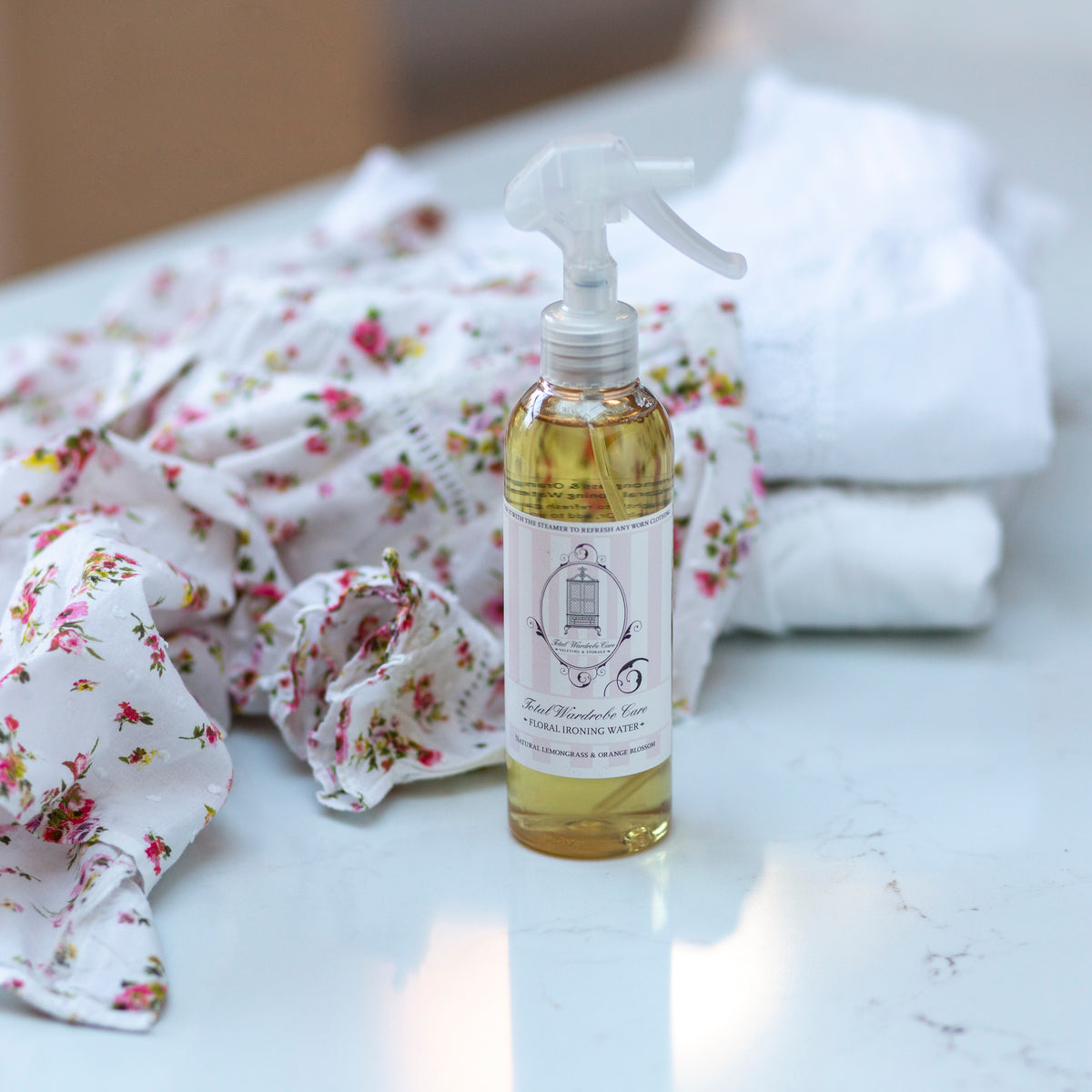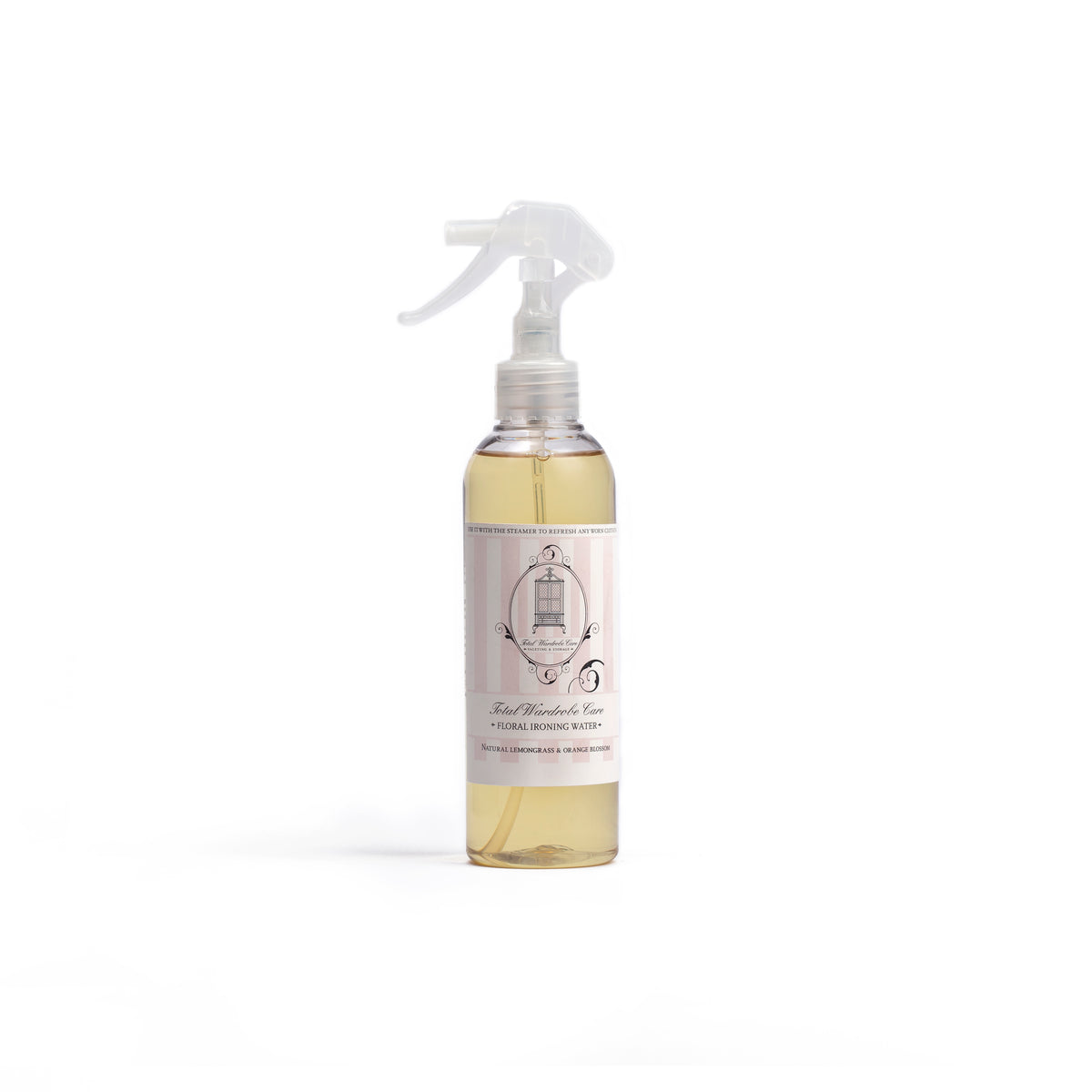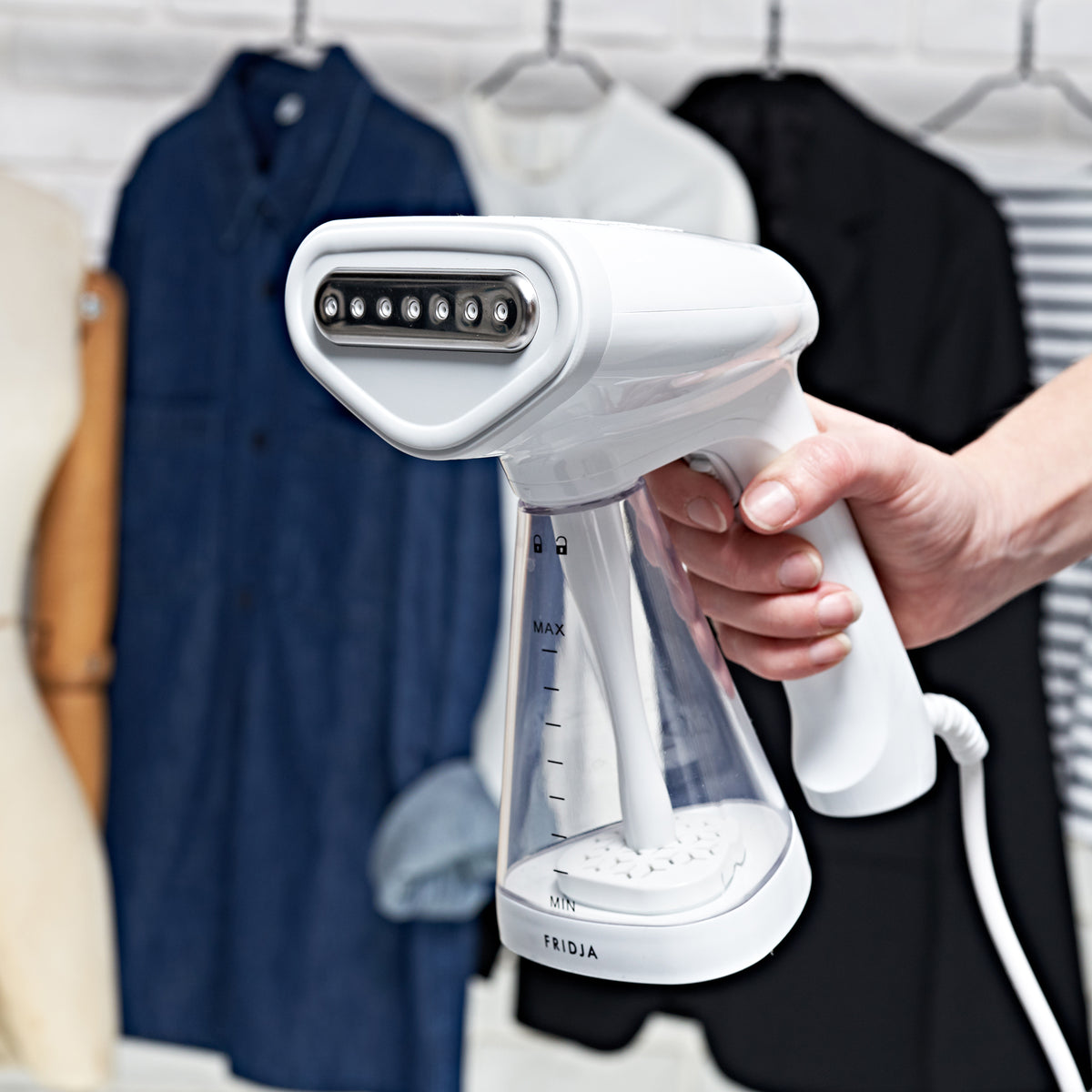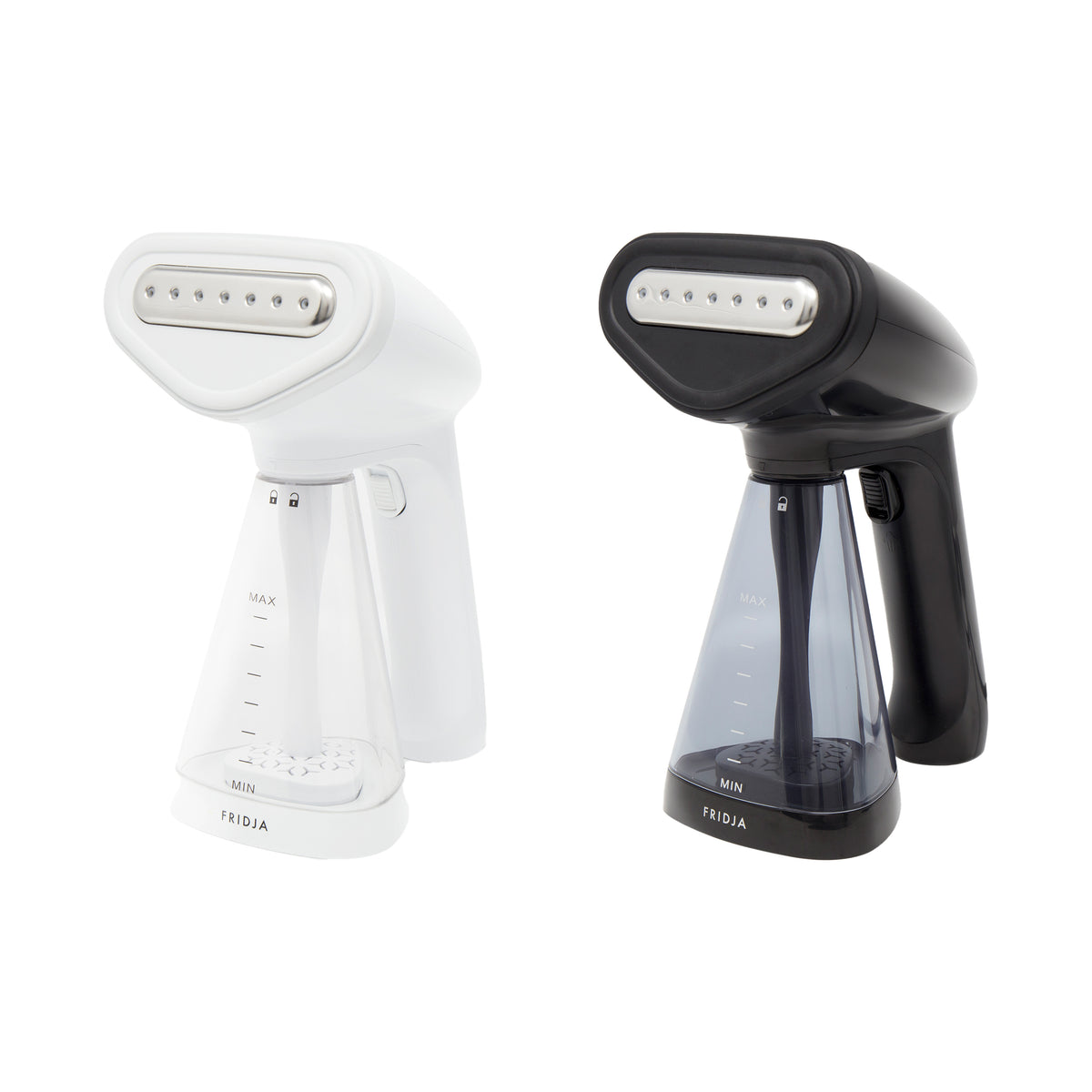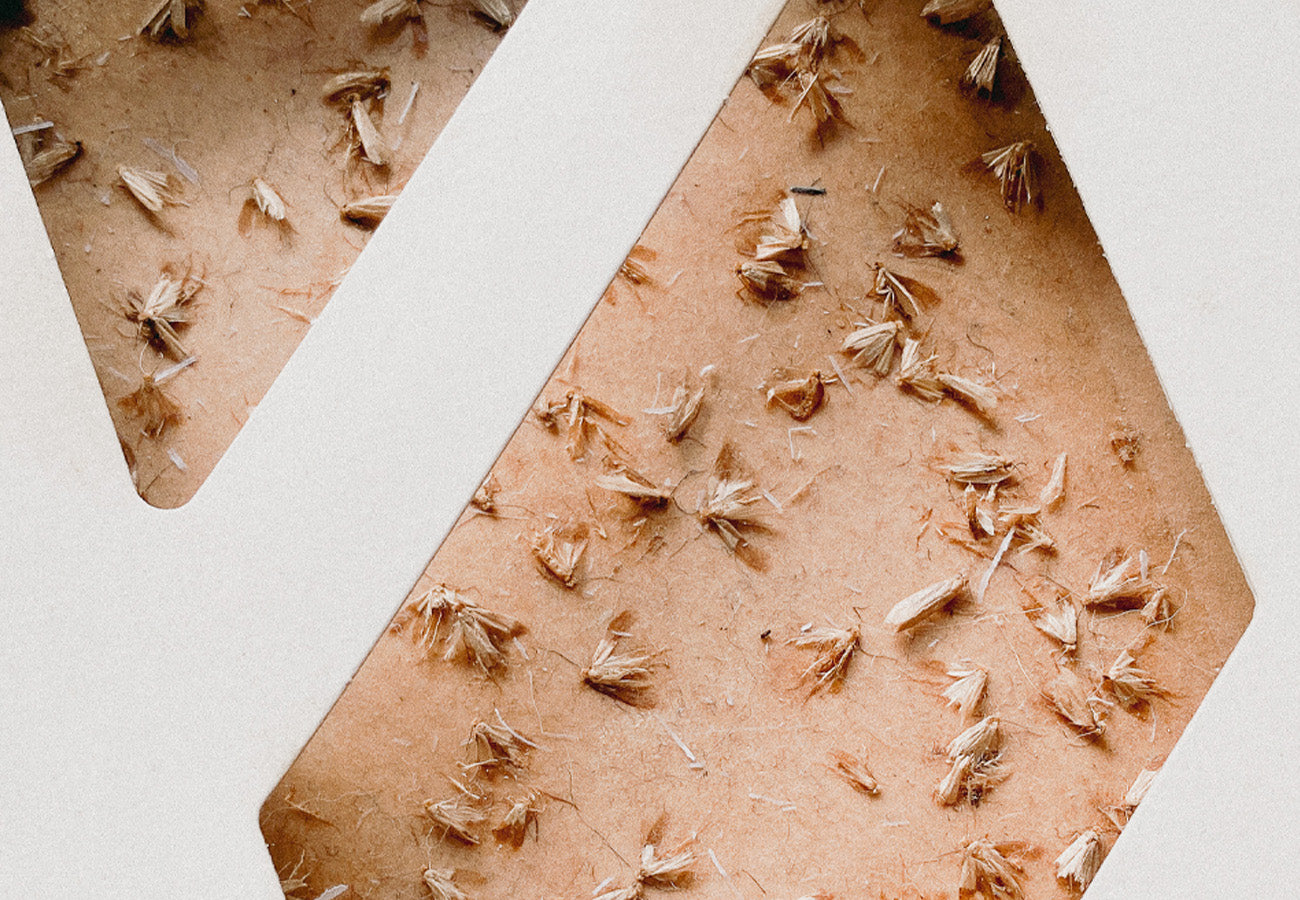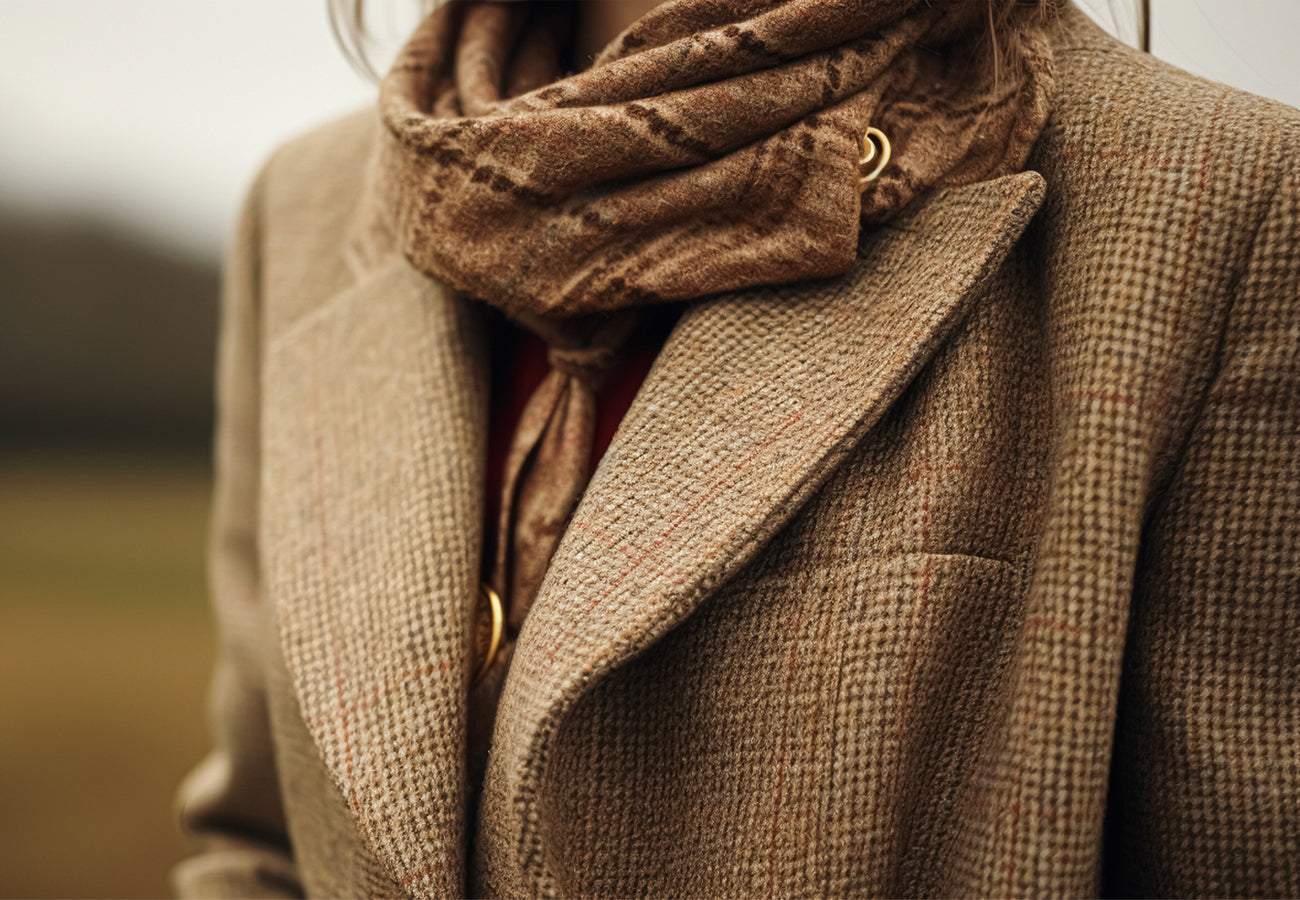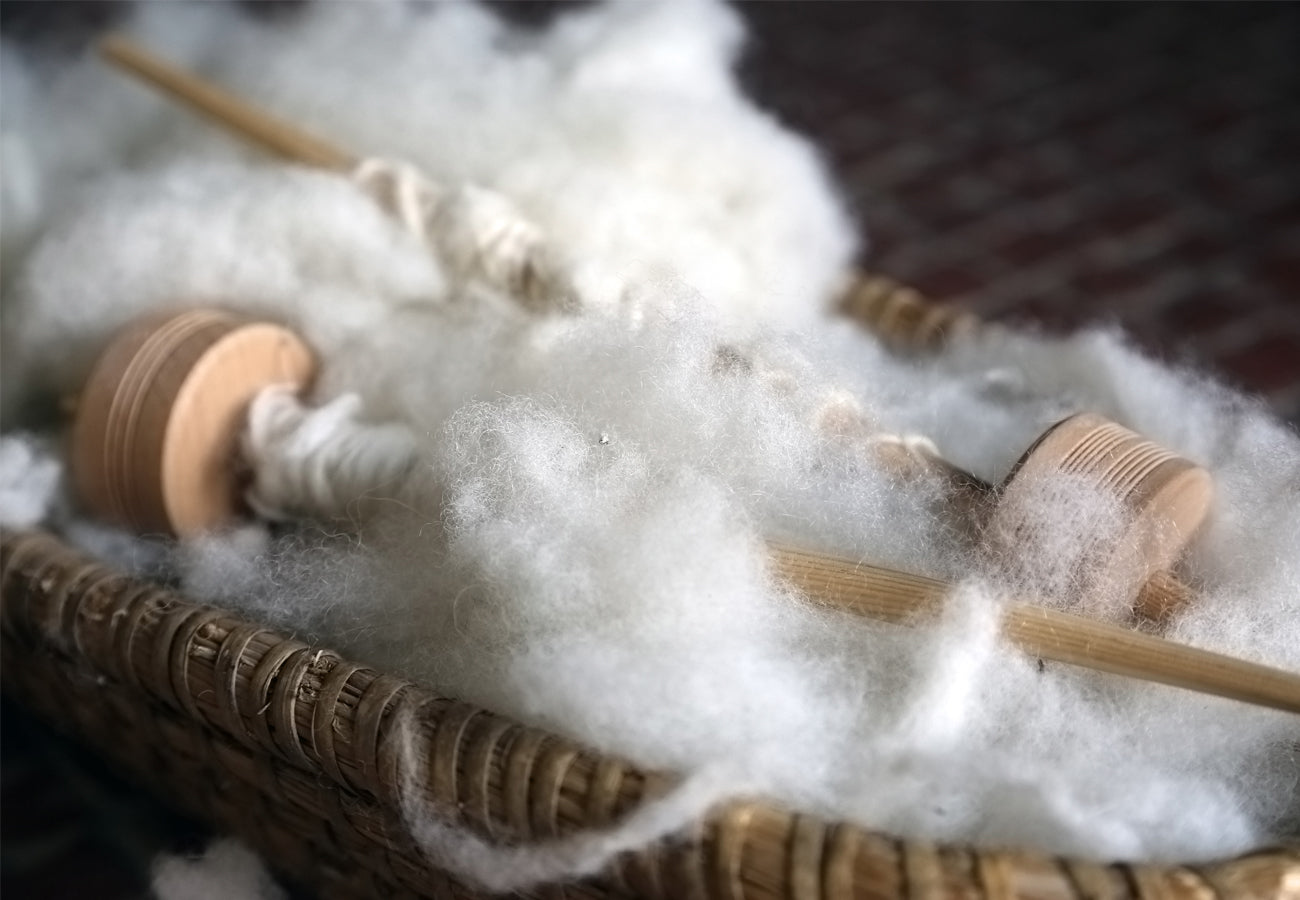Not being able to go out and shop at all this summer has given me time to reflect on and write down what I know about creating a sustainable wardrobe. There are so many different facets to sustainable clothes production that it’s easy to wonder where to start. Synthetic fibres are made from fossil fuels and are energy-intensive, they don’t wear very well and can take 200 years to degrade in a landfill. On the other hand, natural fabrics, while preferable from a longevity point of view still impact the environment. For example, every kilogram of cotton requires 10,000 litres of water and the addition of pesticides. What about human impact, workers’ rights or the treatment of animals? It’s a minefield but one that I traverse by following the simple advice of the great Vivienne Westwood who very sensibly said:
“Buy less, choose well and make it last”
I couldn’t have put it better myself, so based on these pearls of wisdom, here is my advice for creating a sustainable wardrobe.
ORGANISE YOUR WAY TO A SUSTAINABLE WARDROBE
Before you buy any more clothes, take stock. Go through your entire wardrobe and re-acquaint yourself with long-forgotten items. It’s easy to fall into the habit of wearing your favourite things over and over and then feel like you haven’t got enough to wear. Set aside a day to empty your clothes out onto the bed and have a go at putting outfits together. You may also find that you already have something you thought you needed.
Alternatively, you may find that you are only missing a couple of staple items like a long-sleeved T-shirt or a shirt to complete a whole new range of outfits. I would also like to highlight the joy of accessories here. I bought three new quality belts last year and completely refreshed my standard ‘pair of jeans and shirt’ combo without having to buy anything else.
If you’re not confident in your own styling, invite a trusted friend around or seek some professional advice. There are lots of stylists that provide advice online so start by googling online style adviser or consultant in your area and also search on Instagram where there is a fantastic community of stylists. They can help you get the most out of your current wardrobe and teach you about the style and colours that will suit you best so that you don’t make needless errors when buying more clothes.
SECOND-HAND SEPTEMBER
The brilliant Oxfam campaign #secondhandseptember really has championed the pre-loved movement. Charity shops are a great place for finding little gems and surprises especially if you’re on a tight budget, but they are not the only source of pre-loved clothes. Of course there is eBay but if you’re looking for quality designer items or a specific piece, try a luxury online marketplace like Hardley Ever Worn It, Vestiaire Collective or Shonamac. All items are vetted for quality and you can even request alerts for specific pieces. If you have a super special one-off occasion, consider hiring from a dress agency. My Wardrobe HQ is a high end luxury example but you will no doubt have small agencies locally, just do a quick internet search.
CHOOSE QUALITY MATERIALS
Whether you’re buying second hand or new, always opt for quality natural fabrics. They are inevitably more expensive than synthetics but they last longer and you will want to keep and care for them. For example, acrylic is a cheap synthetic fibre that is lightweight and warm so it is frequently used in low end jumpers and imitation wool garments to reduce cost. However, it’s made from fossil fuel, it sheds microplastics every time it is washed, the yarn doesn’t wear well and repels water (so is inclined to manifest bacteria). Wool or cashmere jumpers, though more expensive, are a much better investment. They will keep you so much warmer than synthetic blends and will last much longer without the negative environmental impact.
MAKE DO & MEND
Good quality pieces can be mended, altered or repurposed to grow with your changing style and shape. At our sister company, The Wardrobe Curator, we mend pretty much everything from buttons and tears to moth holes in cashmere. We see items come back as our clients mature and request a bit of elastic here or a bit more room in the sleeve there. This is how we should view clothes, trusted friends that we want to keep and nurture.
PROTECT YOUR CLOTHES FROM MOTHS
Natural materials attract clothes moth and although some damage can be repaired, an army of clothes moth larvae can devour garments beyond repair if left to their own devices. The good news is it’s easy to guard against moths and protect you quality garments once you know-how.
Firstly keep your wardrobe clean with a regular vacuum at least twice a year when you change over for the season. Store knits, suits, coats and dresses or anything made of natural materials in Mothproof Storage Bags making sure they are clean before they are stored. Keep moths away with fragrant Essential Oil Blends which clothes moths hate but frankly smell divine. If you already have an infestation, opt for monitoring and control and follow our blog on How to Solve a Clothes Moth Infestation.

For information on Clothes Care, Storage and Moth Infestations we can help. Browse our Blogs or feel free call us for advice.
All Total Wardrobe Care customers receive a 10% discount at Shonamac.


